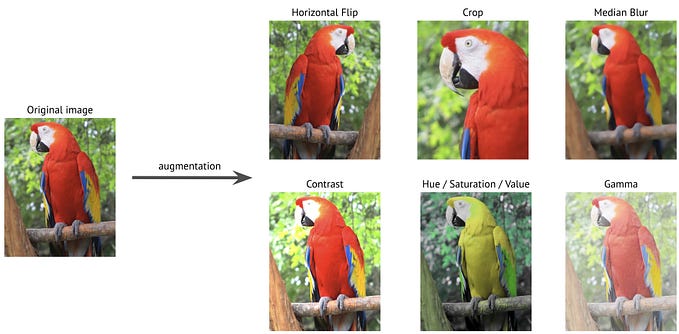Member-only story

Biometric Applications are nowadays used every day by people without probably them realizing that they are using a biometric application. I am 100% that you are reading this post on a device that has a biometric application in it. Whether it is a phone, tablet, or PC … the device you are using has definitely a biometric application in it like a fingerprint recognition app, face recognition …
Consumers are beginning to see a variety of advantages of utilizing biometrics as a method of authentication. The most obvious, and what most people utilize on mobile devices, is the elimination of the need to remember a password or PIN to access your device. And the other main types of biometric applications are:
1. Access Control
Access control is further divided into two subcategories
- Physical access control: Used when the user is trying to access a secure area, e.g. company, secure room, …
- Virtual access control: Used when the user attempts to access a resource or service, for example, to access a computer network or the administration of a website.

2. Transaction Authentication
According to a Visa poll conducted in 2017, two-thirds (65%) of customers said they are at least familiar with biometrics. With such widespread familiarity and use, it’s probably unsurprising to see an increase in the number of transactions currently validated via biometric technology.
According to the Visa poll, customers believe biometric authentication is more secure than a password or PIN. Individual biometric authentication is possible. It cannot be readily reproduced or stolen, and customers thought it was a one-of-a-kind means to establish their identity.
Applications include cash withdrawals at bank counters, credit card payments
card…








